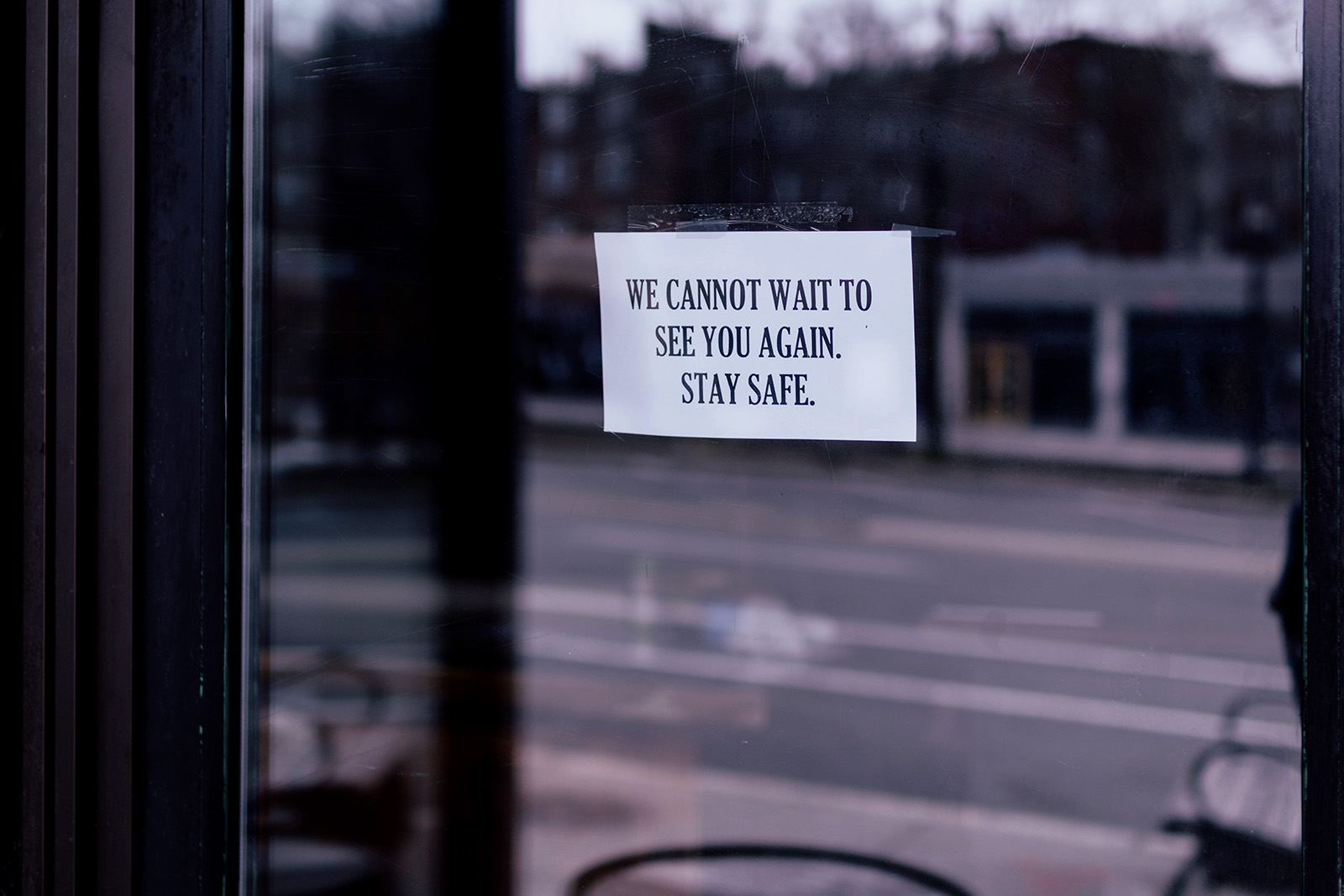Preserving Small Business in the Aftermath of the Coronavirus Catastrophe

Countless small businesses across the United States have been forced to close. Many simply do not have the reserves necessary to withstand such prolonged closure.
Countless small businesses across the United States have been forced to close, either by government mandate or from lack of demand. The American Property Casualty Insurance Association estimates that business interruption costs for small firms are ranging between $220 and $431 billion per month (or about 10%-20% of U.S. property and casualty insurer assets).
Most small businesses simply do not have the reserves necessary to withstand such prolonged closure. Congress’s CARES Act took initial steps to meet the needs of small businesses, and policymakers are now turning to the task of designing mechanisms to minimize the fallout of future catastrophes.
An effective response would leverage the strengths of both markets and governments. We propose a forward-looking public-private partnership that would provide financial protection against catastrophic losses from business interruption (BI). The partnership would turn to the private market for covering the first layer of losses, with the public sector providing protection against losses that stress the financial capabilities of insurers. The current painful event offers important lessons for designing this new policy approach.
Learning From Today
First, federal assistance should prioritize speed and clarity. The past few weeks brought hope when many businesses learned that relief was finally coming. Hope was followed by discouragement as firms met severe delays in obtaining funds and then, complete exhaustion of the aid before many small businesses received anything. The stakes are large: Previous events show that a delay of just weeks could very well mean the difference between survival or bankruptcy for many of these businesses. Prearranged relief programs in which assistance is processed immediately, possibly even automated, would reduce the economic pain in the next crisis.
Second, relief policy should include several tools to target businesses of all shapes and sizes. We applaud the federal bill on this point, as it offers grants that will be essential for smaller firms and also loans for firms with larger needs. New evidence suggests, though, that the relief package passed by Congress is insufficient to deal with the scale of the COVID-19 crisis.
Some firms and policymakers are looking to private sector business interruption insurance as one source for more financial assistance. About one-third of firms have business interruption insurance; however, BI policies tend to exclude pandemics and may not include coverage for authority-ordered closures.
A half-dozen states have proposed legislation to force insurance companies to pay BI losses, even when they were not covered. This, though, is not a sound approach. Insurers don’t have deep enough pockets to foot this bill, and forcing them to pay for a risk they never intended to insure depletes capital reserved for insured risks and will limit their willingness to offer this coverage in the future. It also does nothing to help uninsured businesses, and the firms most likely to be uninsured are small and young businesses — those most in need.
While the current policy focus is on addressing pandemics, any federal backstop should consider taking a broader approach
Businesses would benefit from comprehensive BI insurance that covers other catastrophic risks in addition to pandemics. For instance, firms were unable to collect payments for BI losses from localized terrorist attacks, such as those that hit London or Paris in 2017 and 2016. Similarly, severe floods and storms create large, uninsured revenue losses. But expanding insurance coverage is a topic for policy reform, not retroaction.
Planning for Tomorrow
Congress is actively considering proposals for a federal backstop of pandemic-related business interruption insurance. The current proposal is inspired by the response to 9/11 — the Terrorism Risk Insurance Act (TRIA) — but modifies it for pandemics, so it would be called a Pandemic Risk Insurance Act (PRIA). We believe a federal role in managing catastrophic losses is essential, but requires care in its design.
While the current policy focus is on addressing pandemics, any federal backstop should consider taking a broader approach. U.S. policy has often been designed in response to the events we just experienced, but future catastrophes never look exactly like the past. Instead of setting up TRIA, and now PRIA, and later CRIA (for cyberattacks) and WRIA (for war) and so on, we urge policymakers to think more comprehensively.
Countries such as France and Spain have created federal reinsurance or backstop programs that combine all disaster events effectively into one program. We could learn from these programs to address catastrophic losses emerging not only from pandemics, but other risks that are currently not covered in the U.S. by public-private partnerships.
The new program could be designed with three tiers:
Market tier (private). The first level of losses would be covered through private insurance, with a deductible covered by the insured firm. As is possible today, firms could voluntarily purchase business interruption coverage from private insurers, but the existence of the higher tiers in the program should make such private insurance more available and less expensive. BI coverage could be in the form of either traditional policies or parametric insurance, which can make especially quick payments. There may be a public role for cost-sharing of insurance for microenterprises or certain small businesses that would otherwise find coverage cost-prohibitive.
Catastrophic tier (public/private). This second tier would be for disasters of a sizable but not cataclysmic scale (think Hurricane Harvey, not COVID-19). These events would still be prohibitively disruptive to the private insurance market, or coverage would be too expensive for firms to purchase, absent a public role. This tier could be established as a public risk-pooling entity that provides reinsurance for primary insurers. Private insurers could cede all or a portion of their risk to this pool for a price, and the risk pool would pay claims beyond a set threshold of the insurers. The pool could retain the risk or transfer a portion back to the private market. These risk-pooling arrangements have been successfully used elsewhere, such as Pool Re in the United Kingdom. They allow the private sector to operate over a wide range of losses, with the government only assisting in the tail of the loss distribution.
Cataclysmic tier (public). For national to global catastrophes, we envision explicit federal support for all impacted small businesses. This tier is for truly extraordinary losses, such as what most firms are now experiencing. The specific trigger for payment would need to be carefully designed with input from the private sector, but would aim for disasters that are widespread and long-lasting. This backstop could be conditional on policy goals, such as employment requirements and using the funds for certain predefined expenses. By formalizing this relief program, funds could be expedited in the next event. This clarity would also facilitate markets to fill in cover at the lower tiers of risk.
This three-tiered public-private partnership could encourage the private insurance market to play a major role in providing protection by having the public sector cover catastrophic losses that cannot be managed through private insurance alone. Businesses would then have more comprehensive financial protection, clarity about what’s offered and a quick public response to help them recover in their favor in the next crisis.







